28 strange facts you probably didn't know about the UK
Bizarre Britain
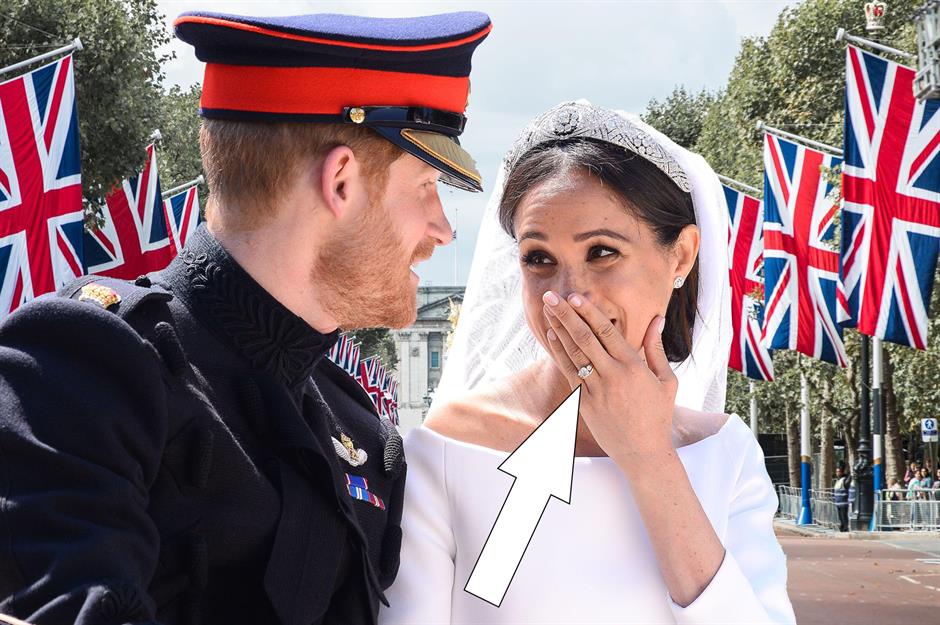
How well do you really know the UK? It may be small in size, but it’s bursting with history, eccentric customs and surprising claims to fame. From the world’s only knighted penguin and the royal wedding ring tradition, to the bizarre ritual of slamming the door in Black Rod’s face, this is a country that delights in the unexpected.
Read on to discover just how much you do – or don’t – know about Britain...
Romanian is the second most spoken language in London

London is one of the most multicultural cities on the planet, and the numbers back it up – over 300 languages are spoken across the capital.
According to the 2021 Census, Romanian is now the most common language after English, followed by Spanish, Polish, Bengali and Portuguese. Despite this, multilingualism isn’t widespread across the UK – only a small percentage of Brits are fluent in a second language.
You can spot otters in UK cities

Once on the brink of extinction in the UK, the Eurasian otter has made an impressive comeback. Thanks to legal protections, cleaner waterways and habitat restoration, these elusive animals are now thriving – even in urban centres like Sheffield, Birmingham and London.
Sadly, not all native mammals are faring so well. Hedgehog numbers have plummeted from around 30 million in the 1950s to under a million today, while water voles and hazel dormice have also seen sharp declines.
The English invented Champagne
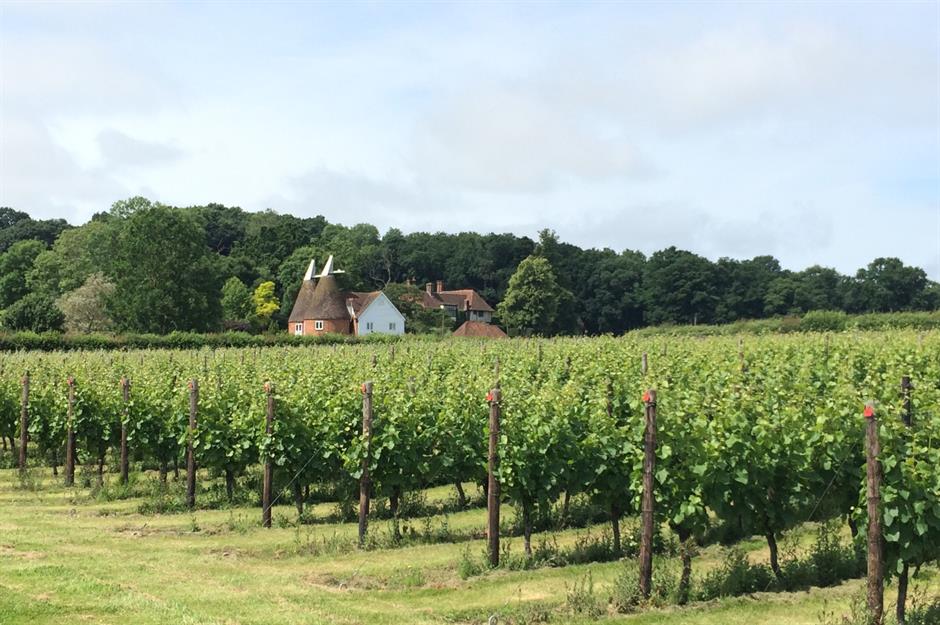
Both Champagne and English sparkling wine are crafted using the méthode traditionnelle, involving a secondary fermentation in the bottle. While French monk Dom Pérignon is often credited with inventing this process, historical records indicate otherwise.
In 1662, English scientist Christopher Merret documented the addition of sugar to wine to induce secondary fermentation – predating Dom Pérignon's association with Champagne production. Ooh la la.
Oxford University is the oldest university in the English-speaking world
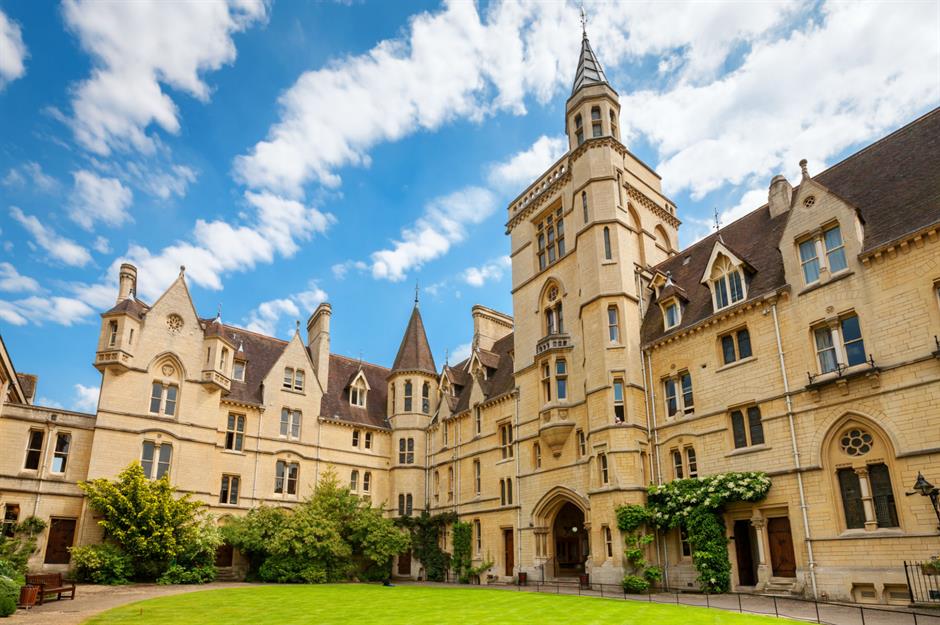
Oxford University has been a centre of learning for nine centuries. While there is no official date for its foundation, it’s known that some form of teaching has existed at Oxford since 1096.
The oldest colleges are University, Balliol (pictured) and Merton, established between 1249 and 1264. Remarkably, it was only in 1877 that lecturers at the esteemed academic institute were allowed to get married.
Narnia is in Northern Ireland

Northern Ireland has produced many literary legends, including CS Lewis. To create Narnia, his behind-the-wardrobe world, he was inspired by childhood holidays to the Mourne Mountains in County Down.
He wrote in his posthumously-published essay On Stories: 'I have seen landscapes, notably in the Mourne Mountains and southwards, which under a particular light made me feel that at any moment a giant might raise his head over the next ridge'.
England will have the longest coastal path in the world
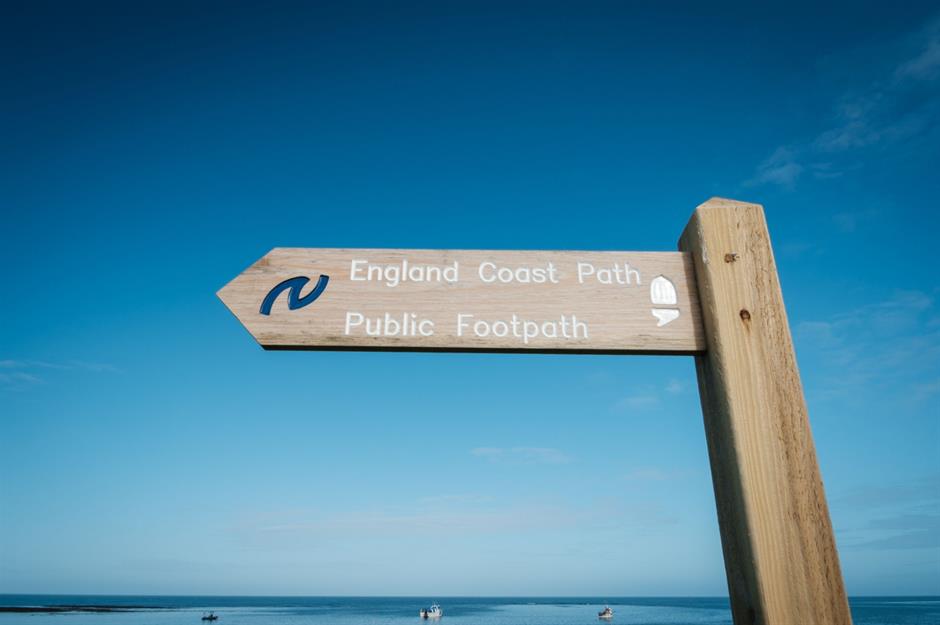
The King Charles III England Coast Path, a new National Trail, will be the longest managed coastal walking route in the world once complete. Stretching around 2,700 miles (4,345km), it will trace almost the entire English coastline and pass through countless scenic spots.
Large stretches are already open, with full completion expected by spring 2026. Wales currently holds the distinction of having the world’s first fully walkable national coast path – the 870-mile (1,400km) Wales Coast Path was completed in 2012.
The British Isles were connected to continental Europe
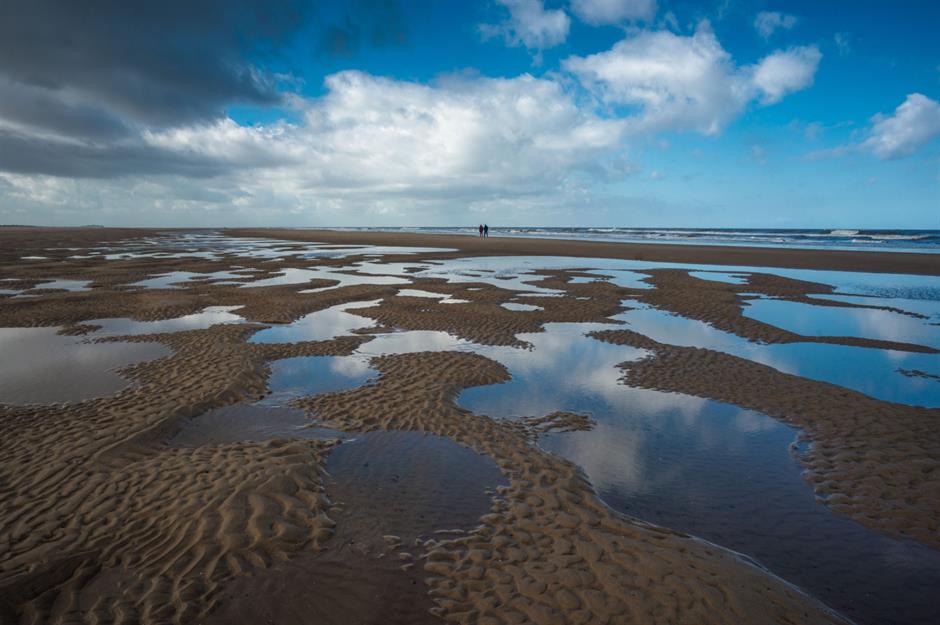
Beneath the waves of the North Sea once lay a vast expanse of meadows and forests, home to cave hyenas, sabre-toothed cats and even cave lions. This now-submerged landmass once connected eastern England to what is now Belgium, the Netherlands and Denmark.
Named Doggerland in the 1990s after the nearby Dogger Bank, this lost world has slowly been revealed through finds hauled up by trawlers and studied by archaeologists – among them harpoons, a 50,000-year-old flint tool, mammoth molars and even fossilised hyena droppings.
All horses must have a passport (but the King doesn’t)
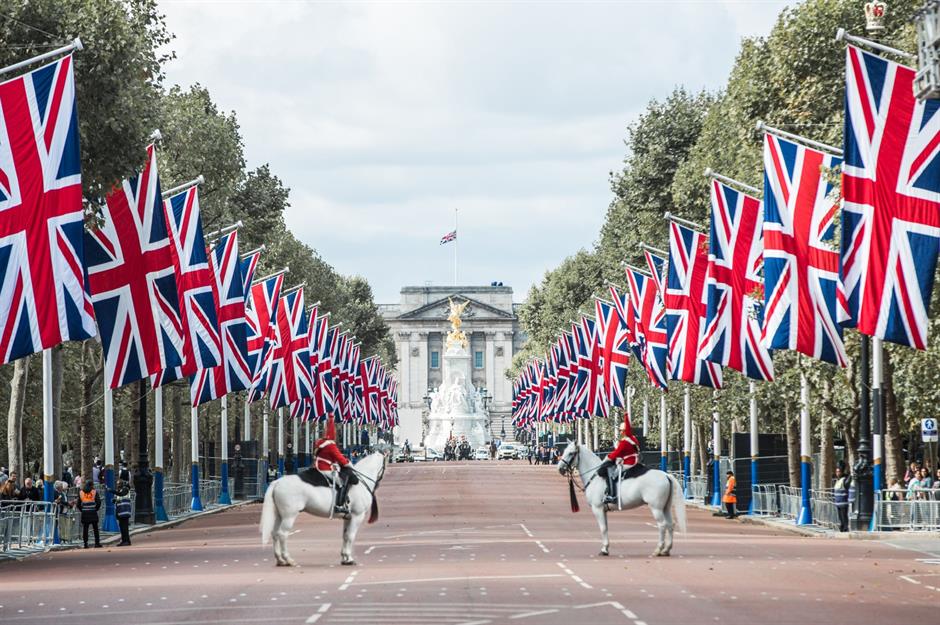
Since 2019, every horse, pony, donkey, mule and even zebra in the UK has needed a passport – whether they’re travelling abroad or grazing in a field. The rule was brought in to help with proper identification, and their passport has to stay with them at all times (no exceptions, even for zebras).
The King, on the other hand, is a bit of a special case. King Charles III doesn’t need a passport – because technically, they’re all issued in his name. He’s also the only person in Britain allowed to drive without a licence. Royal perks, indeed.
Loch Ness holds more water than all of England and Wales’ lakes combined
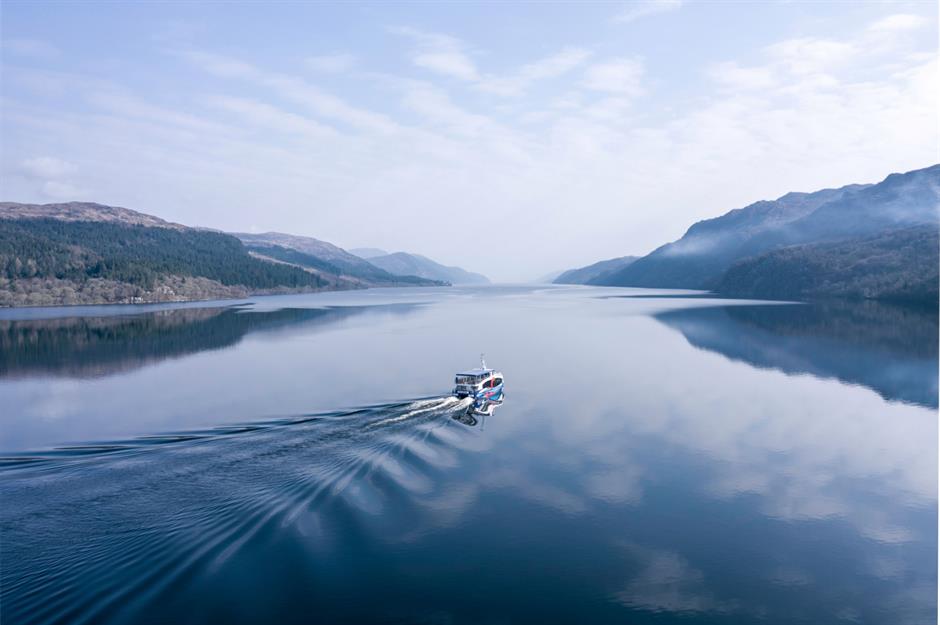
Loch Ness isn’t just famous for what might be lurking beneath the surface – it’s also the UK’s most voluminous lake, holding more water than all the lakes in England and Wales combined.
At 788 feet (240m) deep and stretching 23 miles (36km), it’s a seriously impressive stretch of water. Add in its inky depths and long history of monster sightings (the first photo popped up in 1933), and it’s no wonder Loch Ness continues to spark the imagination.
The Wars of the Roses inspired Game of Thrones
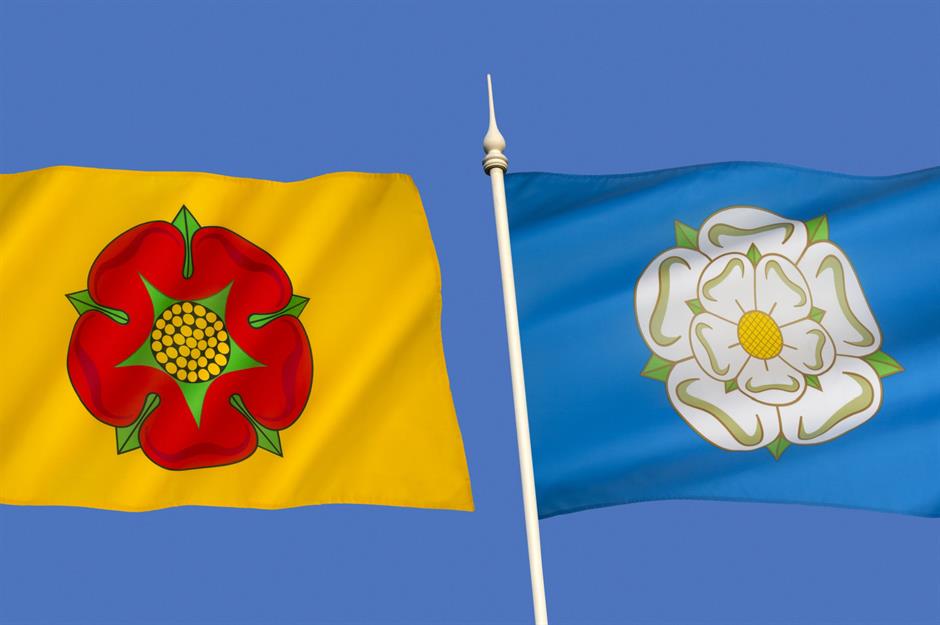
The Wars of the Roses were a brutal 15th-century power struggle between the House of York and the House of Lancaster – two rival branches of the royal family, symbolised by the white and red rose.
Interestingly, the Wars of the Roses served as inspiration for the hit TV show Game of Thrones. The dynastic battles and shifting alliances of that bloody era are echoed in the politics and betrayals of Westeros – with a few dragons thrown in for good measure.
Golf can be traced back to 15th-century Scotland

Golf is played worldwide today, but its roots lie firmly in Scotland. The game took shape in 15th-century Fife, where players knocked pebbles around with curved sticks. King James IV was an early fan, and daughter Mary Queen of Scots took the game to France while studying there.
Scotland has kept its golfing crown ever since, with many legendary courses – the most iconic being St Andrews (pictured), still considered the home of golf.
The Red Lion is the UK’s favourite pub
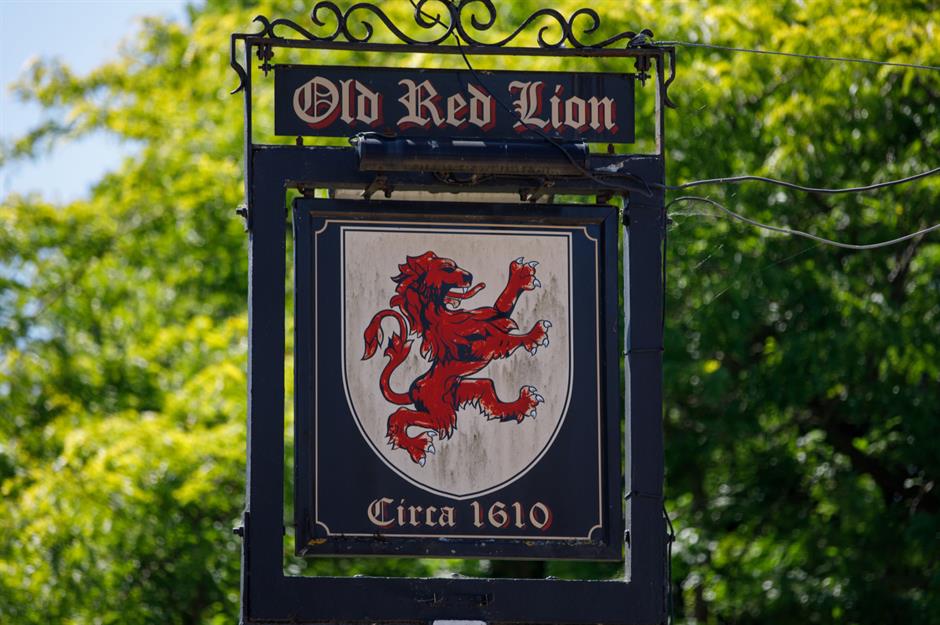
That the UK loves its pubs is hardly news – but did you know that Red Lion is the most common pub name? Its popularity is often traced back to James VI of Scotland, who became James I of England in 1603.
Keen to unite his kingdoms, he’s believed to have encouraged the use of the red lion – his royal emblem – on public buildings, including inns and taverns, as a sign of loyalty.
Fordwich is the smallest town in the UK
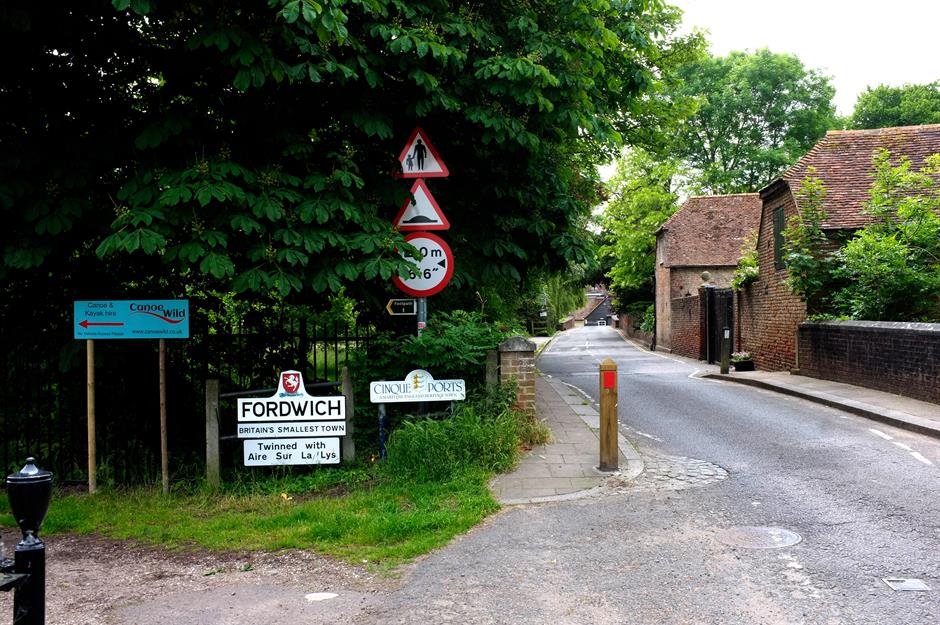
The riverside town of Fordwich, just outside Canterbury, is officially recognised as the UK's smallest town, with a population of 372 according to the 2021 Census. First recorded in AD 675, Fordwich proudly displays its status on welcome signs.
The town features charming old houses, scenic river trails, a historic church, a town hall and two pubs. Notably, the Fordwich Arms offers a Michelin-starred restaurant renowned for its modern cuisine and elegant setting.
Rathlin Island is the only place to see a golden hare
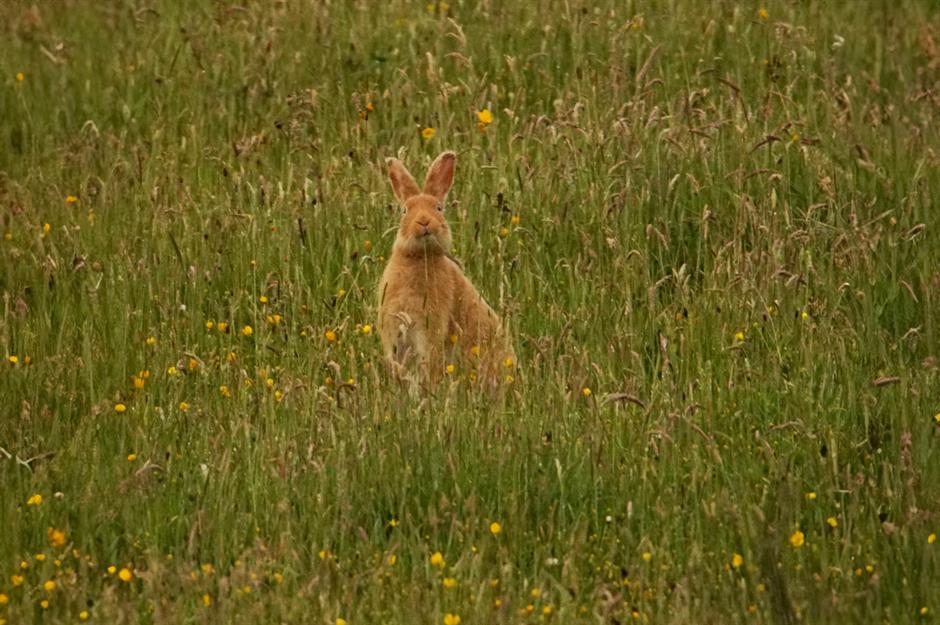
Sitting just off the north coast of County Antrim, Rathlin Island is home to around 140 people – and far more wildlife. Puffins nest on its cliffs, seals bask on the shores and, if you're lucky, you might spot one of its rarest residents: the golden hare.
A striking variant of the Irish hare, these golden-coated creatures are unique to Rathlin and known for their blue eyes and distinctive, oversized paws.
A Welsh mathematician invented the equals sign
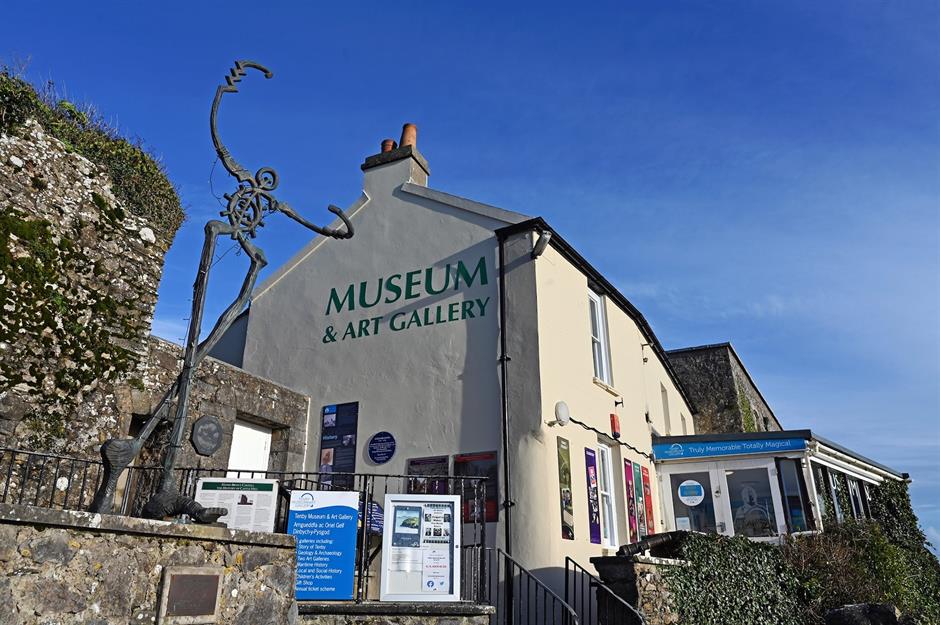
The humble equals sign has its roots in Tenby, Pembrokeshire, thanks to 16th-century mathematician Robert Recorde. In his 1557 book The Whetstone of Witte, Recorde introduced the symbol, explaining he chose two parallel lines because 'noe 2 thynges can be moare equalle'.
Sadly, his logic didn’t lead to riches – he died in a London debtor’s prison the following year. You can learn more about his life and legacy at the Tenby Museum (pictured).
It was illegal not to celebrate Bonfire Night until 1959

Every 5 November, the UK marks the failed Gunpowder Plot of 1605 with fireworks and bonfires – a tradition rooted in the attempted assassination of King James I and the destruction of Parliament. But here’s a lesser-known twist: it was once illegal not to celebrate Bonfire Night.
Until 1959, participation was mandatory across the country – except at St Peter’s School in York, where plotter Guy Fawkes had been a pupil. Out of respect, the school was excused from celebrating the execution of its infamous former student.
The oldest blue plaque is dedicated to Napoleon III
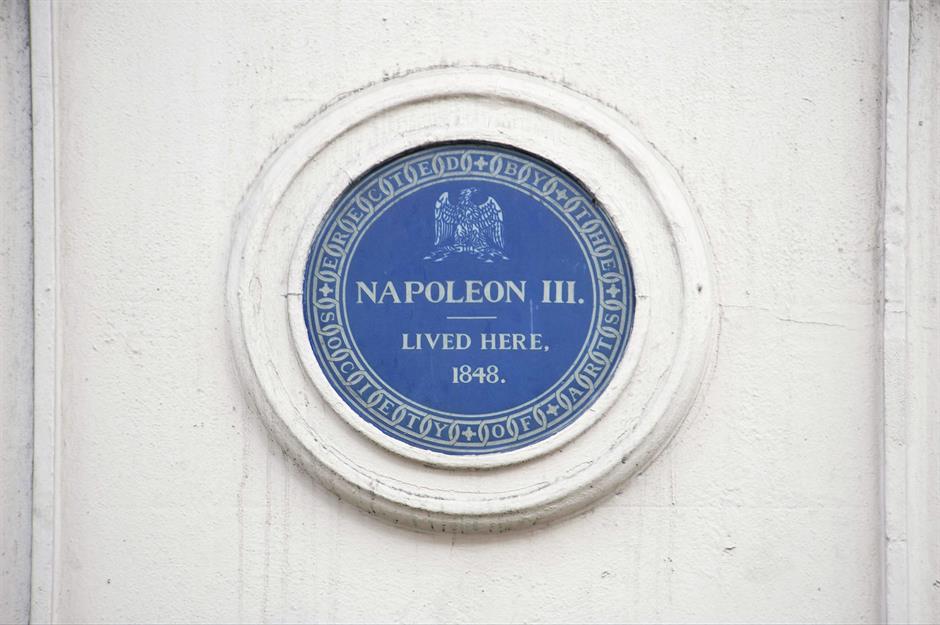
Blue plaques dot Britain’s streets, marking buildings once home to notable figures. The oldest surviving one commemorates Louis-Napoleon Bonaparte, the last French Emperor, who lived on King Street off St James’s Square during his 1848 exile.
Installed in 1867, the plaque marks a hasty departure – according to English Heritage, he fled after hearing of King Louis Philippe’s overthrow, leaving his bed unmade and bath still full.
London’s West End has the world’s longest-running play
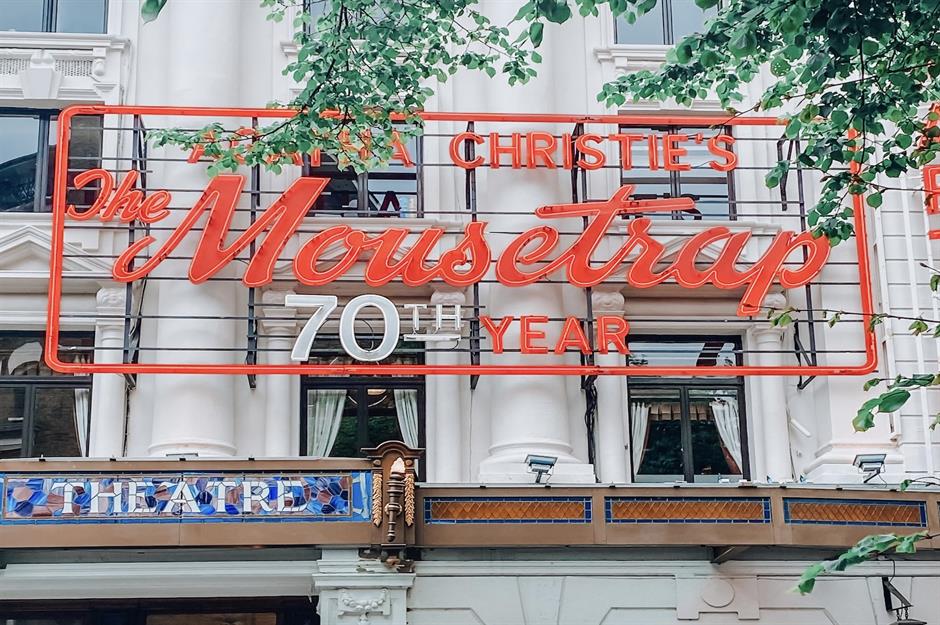
Agatha Christie’s The Mousetrap had its world premiere at the Theatre Royal in Nottingham on 6 October 1952. Following a brief tour, it opened in London’s Ambassadors Theatre on 25 November the same year.
In 1974, it moved next door to the larger St Martin’s Theatre, where it has continued its record-breaking run, with over 28,500 performances and more than 10 million tickets sold. The play marked its 70th anniversary in 2022.
Wales is king of the castles
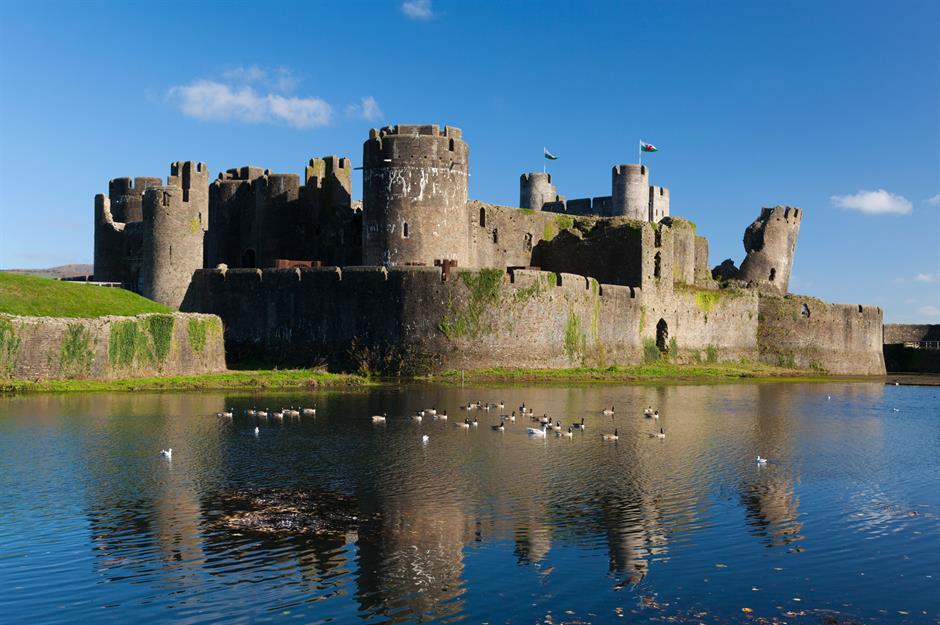
Wales officially has more castles per square mile than any other country in the world – a whopping 427 of them. The largest stronghold is Caerphilly (pictured), a 1268 behemoth that's the second largest castle in the UK, behind only Windsor.
Britain's oldest fortress is Chepstow Castle, also in Wales. Chepstow also boasts the oldest castle doors in Europe, dating back to the 1190s.
The Romans gave Britain pies
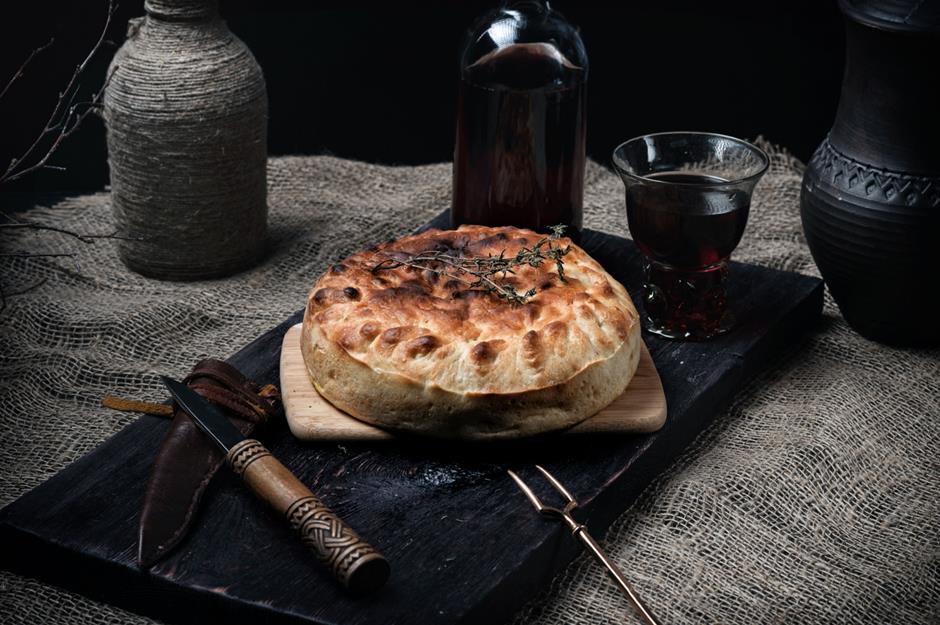
The Romans left more than roads and warm baths when they conquered Britain in AD 43 – they also brought the idea of pies. Their version was a meat filling baked in a basic flour-and-oil pastry, originally just a container to preserve the contents. Sweet pies came much later, with Elizabeth I said to have eaten the first ever cherry pie in the 16th century.
Anglo-Saxon rulers were mostly vegetarian
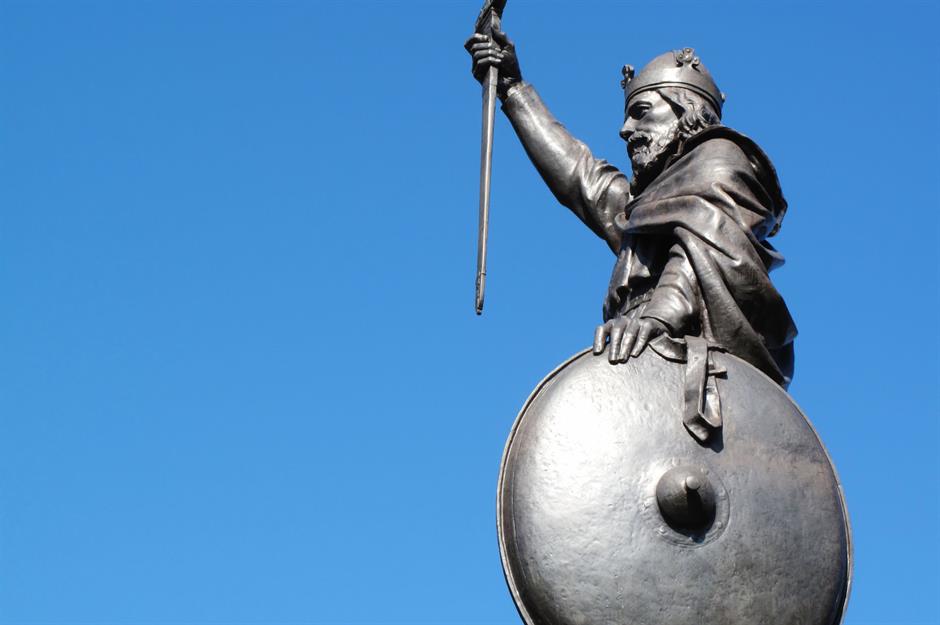
Forget lavish banquets – most Anglo-Saxons lived on bread and vegetable stew. A Cambridge study of over 2,000 skeletons from the 5th to 11th centuries found high-protein diets were rare before the Vikings arrived.
Even nobles ate modestly day-to-day, with meat-based feasts saved for special occasions – and shared with peasants, challenging the idea of a strict food class divide.
The King owns many aquatic creatures
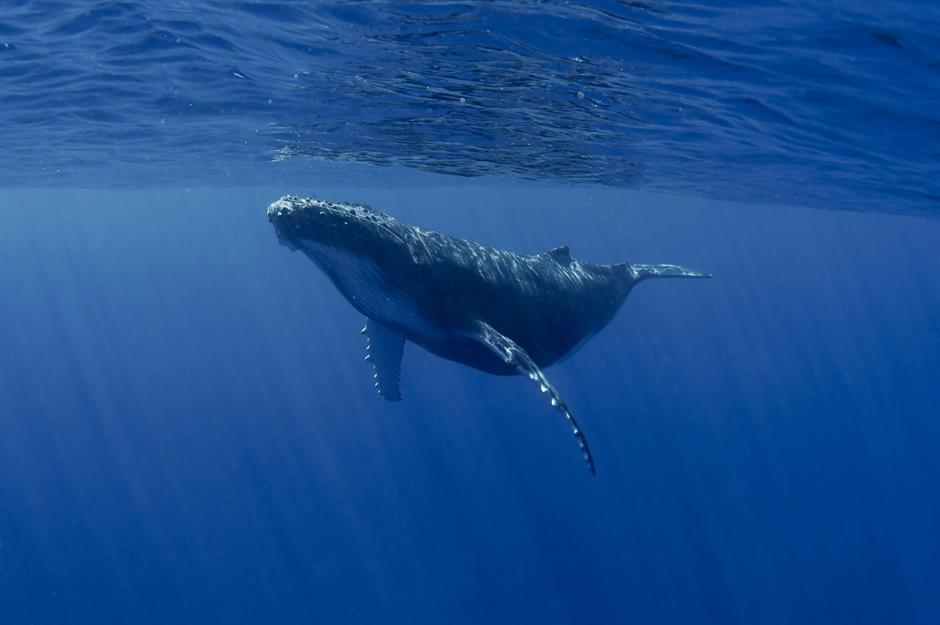
In one of the more obscure of England's ancient laws, all cetaceans and sturgeons in UK waters are technically the property of the Crown. This stems from the1322 statute the 'Prerogativa Regis'.
It reads: 'The king shall have wreck of the sea throughout the realm, whales and sturgeons taken in the sea or elsewhere within the realm'. Unmarked mute swans in open waters across England and Wales have also been considered the property of the monarch since the 12th century.
Wales has some very long place names

You probably know that Wales is home to the world’s second longest place name — but did you know it was a 19th-century publicity stunt?
The Anglesey village of Llanfairpwllgwyngyllgogerychwyrndrobwllllantysiliogogogoch was named in 1869 to attract railway tourists. It loosely translates to 'St Mary’s Church in the Hollow of the White Hazel near a Rapid Whirlpool and the Church of St Tysilio near the Red Cave'.
A spoon is the oldest object in the royal regalia
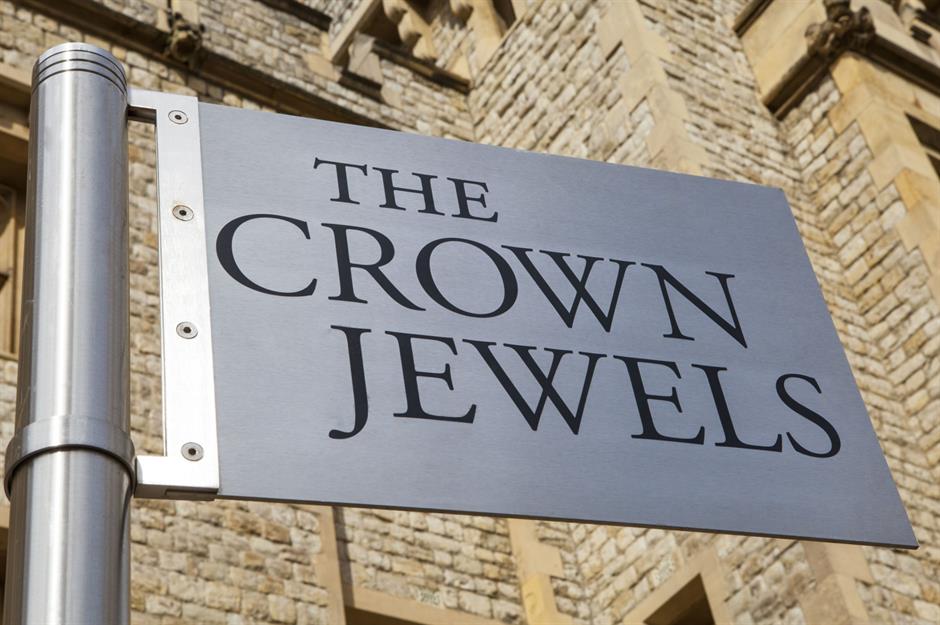
The original Crown Jewels, made for Edward the Confessor, were melted down after the English Civil War to fund the army that defeated Charles I. Only one piece survived – a 12th-century coronation spoon.
Bought by Mr Kynnersley, Yeoman of the Wardrobe, it was returned to Charles II for his 1661 coronation. Now adorned with small pearls, the spoon has been used to anoint monarchs ever since.
The royal family always use Welsh gold for their wedding rings
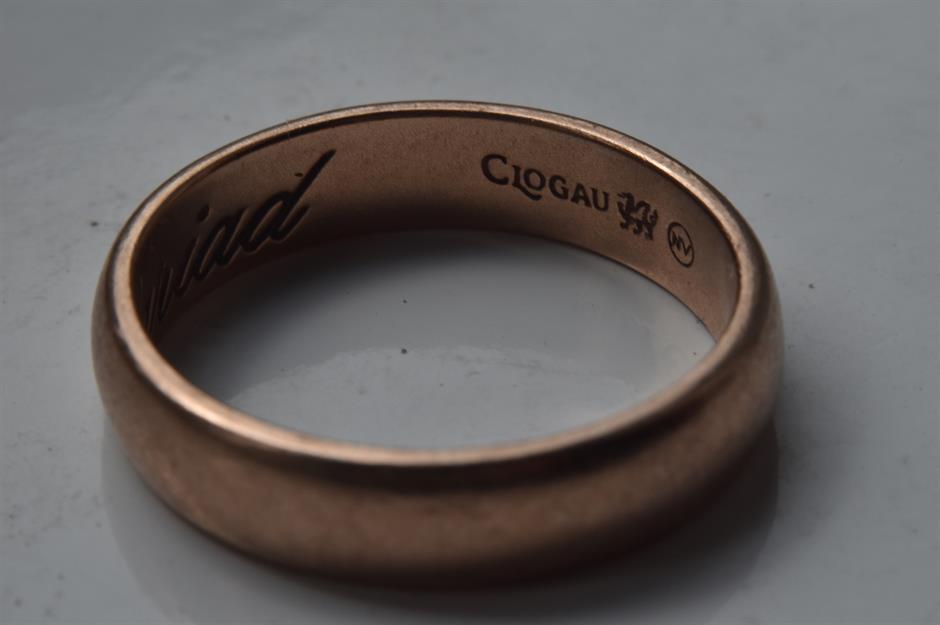
The tradition of using Welsh gold in royal wedding rings began in 1923, when Lady Elizabeth Bowes-Lyon (later the Queen Mother) married the Duke of York.
It’s continued for over 95 years, including at Prince Harry and Meghan Markle’s wedding in 2018. The rare gold comes from the Clogau St David’s mine in Bontddu, near Barmouth in northwest Wales.
The world’s only knighted penguin lives in Edinburgh
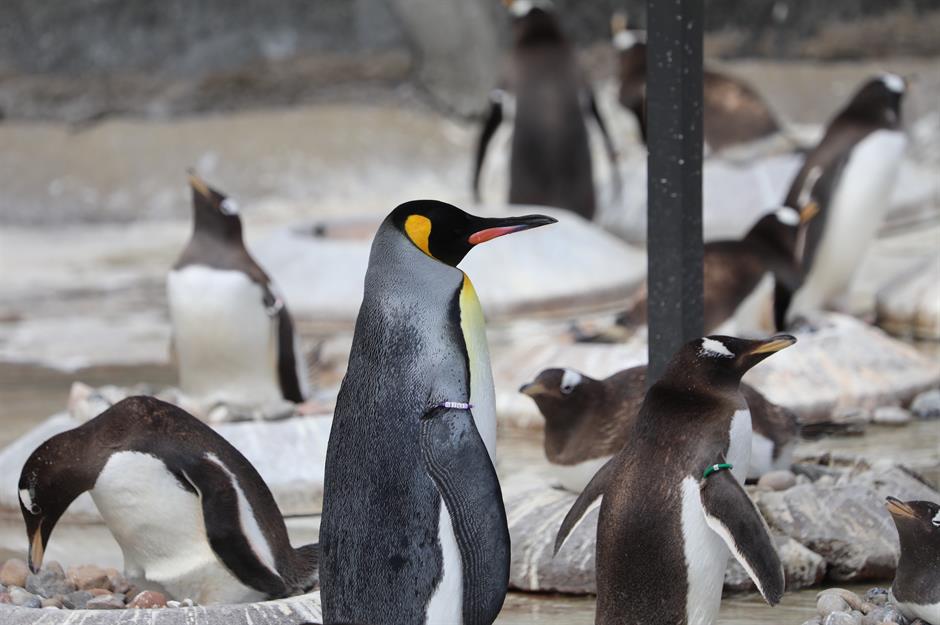
Edinburgh Zoo has many unusual residents, but one holds a truly unique honour. Meet Sir Nils Olav III, the world’s only knighted penguin. He’s the third penguin to hold the name and title, a tradition that began in 1972.
Since then, each successor has inherited the name and risen through the ranks. The current Sir Nils was promoted to Major General in 2023 during a ceremony attended by the Norwegian Guard.
Parliament's 'Black Rod' ritual is quite strange
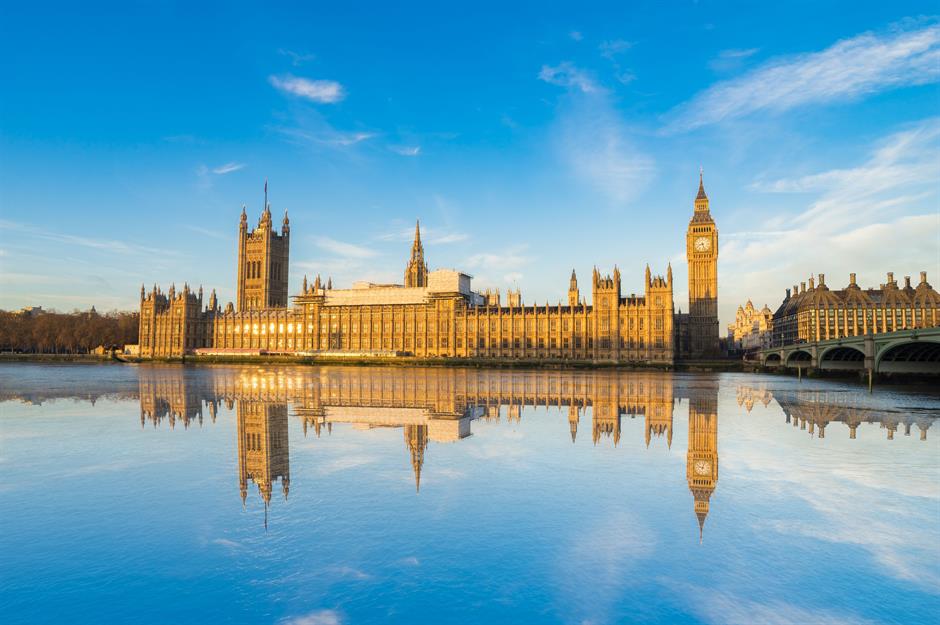
Parliament is full of historic quirks – and few are more dramatic than the Black Rod ritual. The Black Rod is a royal official who, during the state opening of Parliament, walks from the House of Lords to summon MPs to hear the King’s Speech.
In a symbolic show of independence, the Commons slams the door in their face. Only after knocking three times with their ceremonial rod are they let in. The role is currently held by Sarah Clarke, the first woman to serve as Black Rod.
English nursery rhymes aren't just children's stories
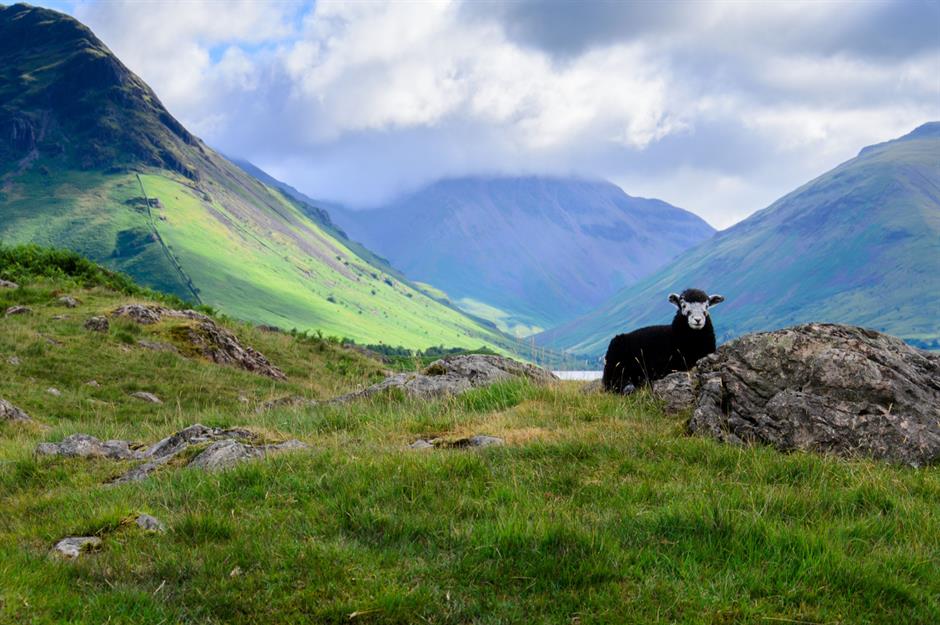
Think Baa Baa Black Sheep is just about woolly farm animals? It’s actually linked to a 13th-century wool tax introduced by King Edward I. Ring a Ring o' Roses was long believed to reference the Great Plague of 1665–66, though historians now dispute that.
And London Bridge is Falling Down? That one may trace back to the many times the bridge was damaged, rebuilt or even pulled down – possibly by Viking invaders in the 11th century.
Comments
Be the first to comment
Do you want to comment on this article? You need to be signed in for this feature